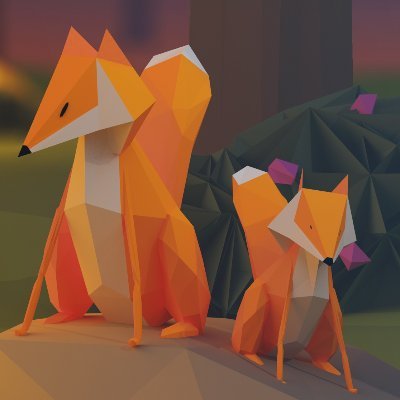You must log in or register to comment.
the researchers deposited carbon derived from cassava plants onto metal surfaces using a low-cost high-temperature biowaste treatment process. Once the carbon bonded to the metal, it had the footprint of graphene, a material consisting of a single layer of carbon atoms. This material filled in the grooves caused by wear, creating graphene-only contact points that protected the metal beneath.
Interesting stuff, not a lubricant in the traditional sense, more of a polish to get surfaces very smooth
Judging from the image available on the DOI, the waste in question is the non edible part of the cassava, the leaves and twigs. Maybe the exterior of the roots are used as well? I’m really curious as to how this process they developed works.




